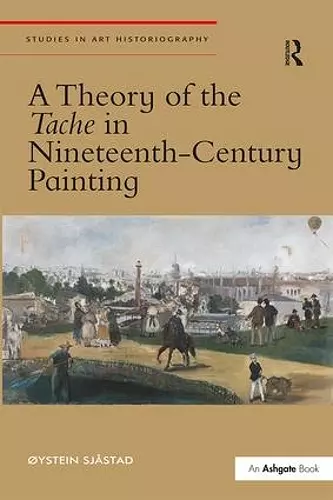A Theory of the Tache in Nineteenth-Century Painting
Format:Hardback
Publisher:Taylor & Francis Ltd
Published:28th Jun '14
Currently unavailable, and unfortunately no date known when it will be back
This hardback is available in another edition too:
- Paperback£42.99(9780367432843)

Without question, the tache (blot, patch, stain) is a central and recurring motif in nineteenth-century modernist painting. Manet's and the Impressionists’ rejection of academic finish produced a surface where the strokes of paint were presented directly, as patches or blots, then indirectly as legible signs. Cézanne, Seurat, and Signac painted exclusively with patches or dots. Through a series of close readings, this book looks at the tache as one of the most important features in nineteenth-century modernism. The tache is a potential meeting point between text and image and a pure trace of the artist’s body. Even though each manifestation of tacheism generates its own specific cultural effects, this book represents the first time a scholar has looked at tacheism as a hidden continuum within modern art. With a methodological framework drawn from the semiotics of text and image, the author introduces a much-needed fine-tuning to the classic terms index, symbol, and icon. The concept of the tache as a ’crossing’ of sign-types enables finer distinctions and observations than have been available thus far within the Peircean tradition. The ’sign-crossing’ theory opens onto the whole terrain of interaction between visual art, art criticism, literature, philosophy, and psychology.
ISBN: 9781472429445
Dimensions: unknown
Weight: 544g
190 pages